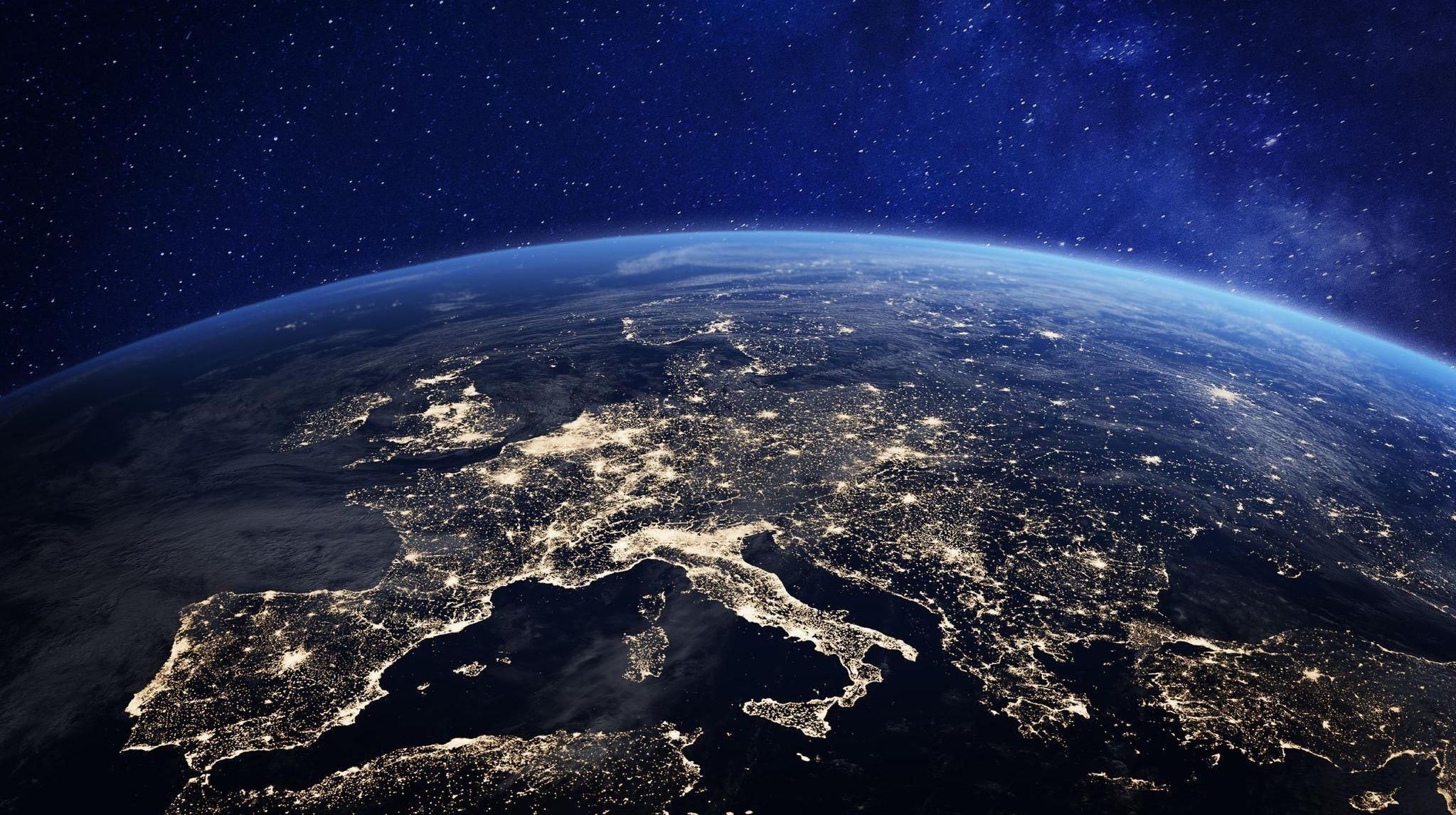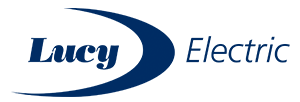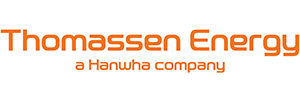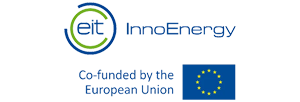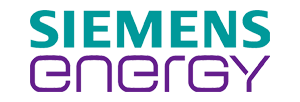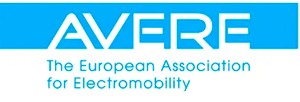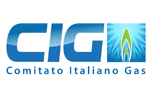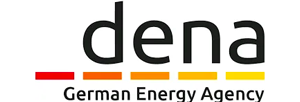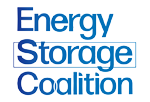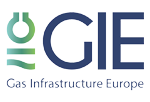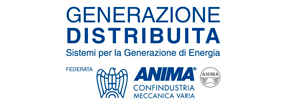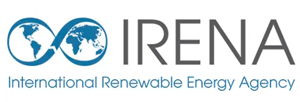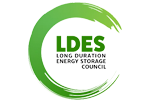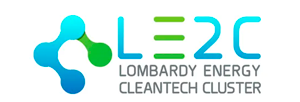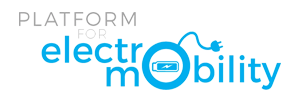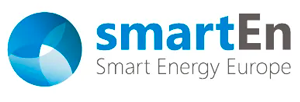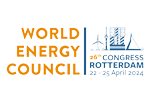Industrial Decarbonisation Strategies
)
- Event: Enlit Europe 2024
- Date: 23rd October 2024
- Estimated Read Time: 15–20 minutes
Watch the video or read the article below:
Introduction: Reimagining Industry for a Net-Zero Future
Are we decarbonising fast enough—and fairly enough?
This was the provocative question at the heart of a high-impact discussion at Enlit Europe 2024, expertly moderated by Kate Willard, Chair of the Thames Estuary Growth Board and UK Government Commissioner on Infrastructure. Framing the session through both a lens of economic growth and fairness, Willard urged the audience to think differently—not just about what’s possible in industrial decarbonisation, but what is equitable and urgent.
The panel brought together six seasoned energy leaders from across Europe for a wide-ranging investigation into the barriers, breakthroughs, and blind spots in industrial decarbonization. Key talking points ranged from electrification of industry to hydrogen, system resilience to regulatory risk—and how collaboration is the golden thread tying them all together.
Read on for a full breakdown of the major themes, insights, and forward-thinking strategies discussed.
Section 1: Hydrogen and the High Cost of Implementation – Lucrecia Lucia, COO, DISA Group
Lucrecia Lucia opened the session with a firm message: electrification is underway, but it’s not enough on its own. Heavy industries such as steel, cement, and chemicals require high reliability, energy density, and alternative carriers like hydrogen, methanol, and ammonia. But implementation is stalling. Why?
“Cost and risk,” Lucia said. “We need to convert electricity into hydrogen, which involves major CapEx and efficiency losses of up to 35%. It’s not yet competitive with fossil fuels.”
Lucia highlighted three central bottlenecks:
- Investment Uncertainty: Investors are hesitant due to regulatory ambiguity that could shift mid-project.
- Infrastructure Gaps: The clean energy isn’t where the industries are.
- Conversion Costs: Electrolyser expense is a major hurdle, especially for green hydrogen and ammonia.
She emphasised that lowering project risk—via policy clarity and investment guarantees—is crucial to reaching Final Investment Decision (FID) milestones.
Insight: The real question isn't just about hydrogen's potential, but how to de-risk green hydrogen enough to make it actionable.
Section 2: Electrification’s Stalled Uptake – Carmen Muñoz, Regional Director, EDF
Picking up the theme of underutilised opportunities, Carmen Muñoz spotlighted Europe’s sluggish progress on electrifying industrial end-use. Despite the continent’s abundant low-carbon electricity—from renewables, nuclear, and hydropower—the share of electricity in final energy use has plateaued at 23% since 2014.
“By 2050, projections show we need about 60% electrification to stay on track,” Muñoz noted. “China is already at 30%. Europe risks falling behind.”
Key Barriers Identified:
- Tax structures that favour fossil fuels over low-carbon electricity.
- Lack of financial instruments to help industry switch processes and technologies.
- Insufficient support for heat electrification and storage.
She called for a European “Electrification Bank,” similar to the Hydrogen Bank model, offering financial de-risking for companies.
Bonus Insight: Hydropower remains a niche but powerful opportunity for flexibility and energy storage—an under-tapped asset as we increase the electrification of industry.
Section 3: Be Smart About Sequencing – Luis Janeiro, Team Lead, International Renewable Energy Agency (IRENA)
Luis Janeiro advocated for realism and precision in technology adoption, urging the audience to resist being dazzled by “shiny things” at the expense of practical action.
“We must be selective with technology choices,” he argued. “Electrification and energy efficiency are the low-hanging fruit, while hydrogen and synthetic fuels belong later in the sequence.”
Key Stats Shared:
- Cost of solar has dropped 90% over the past decade.
- Wind onshore: down 60%; offshore: down 50%.
- In 2023, 87% of all newly installed generation capacity worldwide was renewable.
In short: the tools are there. Renewables are no longer an experiment—they’re the strategic base for industrial decarbonization. The challenge is not cost but coordination.
Takeaway: Sequencing is strategy. Start with what’s cheap, scalable, and available, and phase in high-cost solutions as they mature.
Section 4: Infrastructure Resilience and Circular Asset Management – Marco Tellerini, SVP EMEA, ABB Electrification Service
Looking at decarbonisation through the lens of system stability and optimisation, Marco Tellerini stressed the value of preserving and modernising existing electrical infrastructure.
“We already have millions of installed electrical components across Europe. Replacing isn’t always necessary—retrofitting and digitalising can deliver major CO₂ savings and financial gains.”
Top Recommendations:
- Prioritise predictive maintenance using sensors, data analytics, and machine learning.
- Replace aging components (like breakers and relays) rather than entire systems.
- Integrate circular economy principles: design with sustainability and end-of-life reuse in mind.
Impact: ABB’s research suggests such modernisation can save four tonnes of CO₂ per panel—equivalent to the carbon absorbed by 70 trees over a decade.
Quote to Remember: “There’s no trade-off between reliability and decarbonisation. They go hand in hand.”
Section 5: Inclusion, Innovation, and the Human Element – Haya Oliveira, VP B2B Ops, EDP
Haya Oliveira brought the conversation back to two fundamental but often overlooked pivots: innovation and adoption.
“65% of the tech we need exists—but 35% still doesn’t. We must invent, test, fail, and iterate. But that’s not enough. We also need wide-scale adoption.”
Challenge Areas:
- Cultural and institutional resistance to adopting new technologies.
- Complexity of retrofitting industrial processes for new systems.
- Lack of skilled labour ready to deploy, manage, and maintain modern tech.
Oliveira called for strong policy incentives and robust support mechanisms for both innovation and inclusive access to clean energy.
Critical Point: 60% of industrial emissions come from “hard-to-abate” sectors—green hydrogen and carbon capture will be essential here, but require more efficient pathways and acceleration.
Final Insight: Inclusion ensures not only fairness but speed.
Section 6: Decarbonisation as Competitive Strategy – Jānis Riekstiņš, CEO, ELION Group
Bringing a macroeconomic lens, Jānis Riekstiņš argued that Europe must tread carefully: sustainability cannot come at the expense of global competitiveness.
“If we only focus on stricter carbon targets without addressing energy costs, we risk making our industries unviable.”
He described how:
- Soaring industrial energy costs are leading to offshoring of European manufacturing.
- Grids are overloaded—investments in transmission expansion and batteries are essential.
- Regulatory burdens are stifling otherwise deployable solutions like biomethane and thermal storage.
Memorable Analogy: “The operation was successful, but the patient died.” Don’t let a decarbonised Europe be a deindustrialised Europe.
Interactive Dialogue: Audience Q&A Brings Urgency to the Fore
The discussion opened up for Q&A, and the tone shifted from strategic to urgent. From questions about electrifying furnaces to enabling industrial grid connections, several pain points surfaced:
1. Furnace Electrification:
- High-temperature heat electrification is possible but limited—hydrogen and E-fuels will become necessary at industrial scale.
- Shell and other leaders are testing alternative steam cracker methods, with promising results.
2. Grid Access:
- Industrial sites are being delayed due to lack of grid capacity.
- Panelists called for collaborative, decentralised systems planning—as seen in France’s Marseille industrial zone.
3. Infrastructure Planning:
- Hybridisation (e.g. combining solar with hydro at one interconnection point) and battery deployment can relieve strain now.
- More AI and digitalisation of grids are needed to optimise energy flow and increase efficiency.
4. Green Ammonia as Carrier:
- Experts argued it will be essential for transporting green hydrogen from global resource-rich zones like Chile, Brazil, or the Middle East.
- But current costs are 4x higher than fossil equivalents. Lowering electrolyser cost is critical.
Final Takeaways: Practical, Strategic, and Inclusive Action Is Needed—Now
In summarising the session, moderator Kate Willard beautifully tied the conversation together with a metaphor of London flat-sharing: at first we avoid collaboration—but when we do engage, we discover untapped support, productivity, and even joy.
Key Takeaways for Industrial Decarbonisation:
- Electrification is the foundational strategy: focus now on heat pumps, electrified furnaces, and grid upgrades to accelerate the electrification of industry.
- Hydrogen and ammonia are critical for the hard-to-abate sectors—but cost and infrastructure challenges remain, particularly for green hydrogen solutions.
- Grid resilience can be improved through digitalisation, predictive maintenance, and strategic retrofits.
- Inclusive growth, supported by fair pricing, strong policy, and investment instruments, ensures no one is left behind.
- Collaboration isn’t a luxury—it’s a necessity.
Conclusion: Collaboration and Cost-Savviness Will Determine Europe’s Future
The technologies are emerging. The visions are set. But speed, efficiency, and above all coordination will determine whether Europe leads, follows, or falls behind in decarbonising its industrial sector.
The message from Enlit Europe 2024 is clear: Now is the time to align public policy, private investment, technical innovation, and human commitment to rein in emissions—without draining competitiveness.
Because done right, industrial decarbonisation can be more than a compliance exercise. Industrial decarbonization can be Europe’s next growth engine.
Let’s get moving—together.
JOIN US IN 2025: BOOK YOUR PASS


